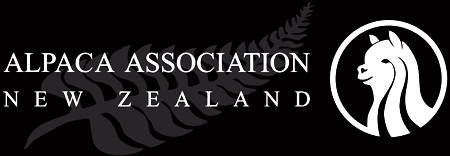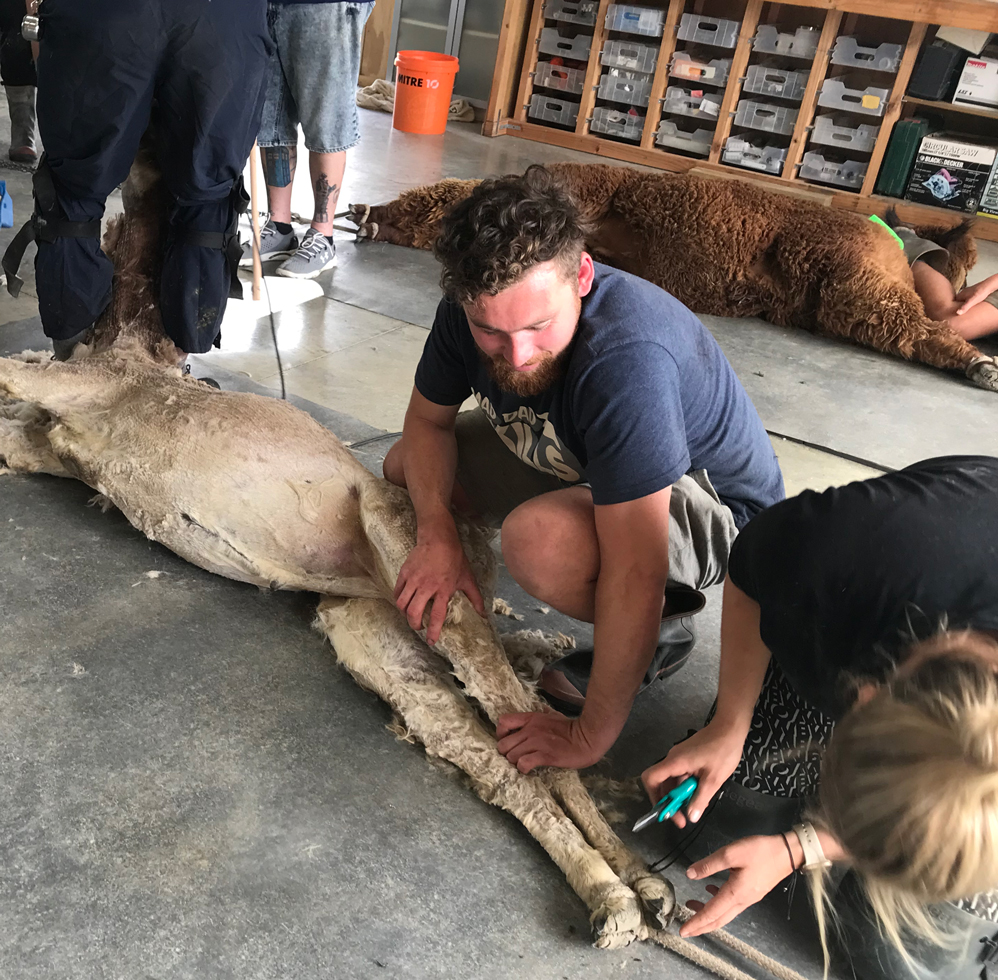Relax, birthing is a natural process and alpaca are generally capable of producing their cria with no assistance. Usually alpaca “unpack” (give birth) during daylight hours, before 2pm. Another plus […]

- Home
- About Us
- Industry News
- Farming Alpaca
- Events
- National Show
- Members
- Governance
- Communications
- AANZ AGM Documents
- All Newsletters
- All Minutes
- Updates
- Correspondence
- Website | Social Media
- NC Meeting and Event Calendar
- Import and Export News
- Fleece Buyers
- PBB Registry
- Show Resources
- Alpaca Registry Information
- Export Forms and Resources
- Resource Library
- Archive

